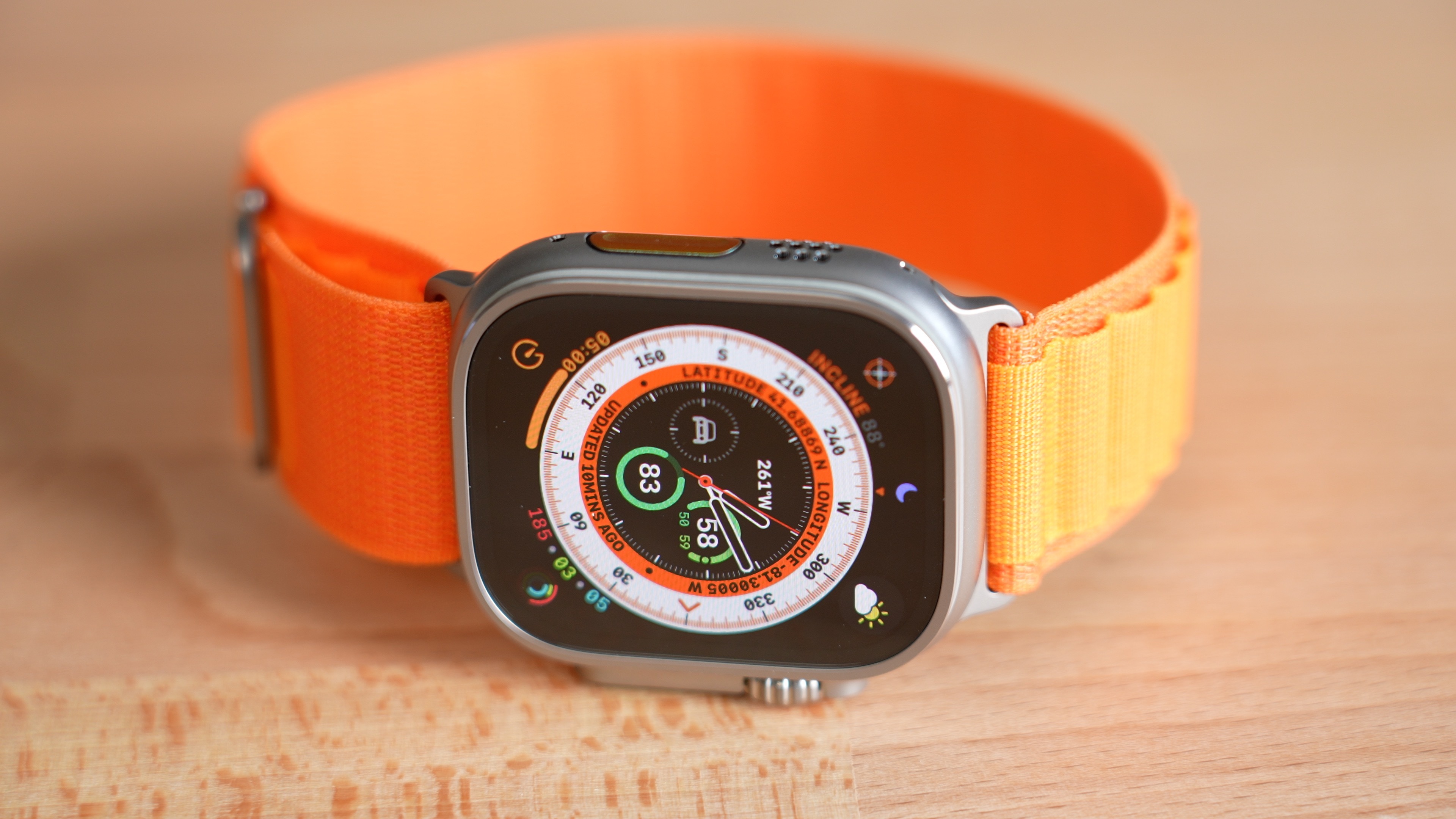Apple remains committed to microLED, despite recent reports that its project to bring the display technology to Apple Watch Ultra has been ditched, according to a new Taiwanese report.

Last week, Apple supplier arms OSRAM announced that a "cornerstone project" was "unexpectedly cancelled." Counterpoint Research's Display Supply Chain Consultants informed MacRumors that this project related to the rumored Apple Watch with a microLED display.
Apple analyst Ming-Chi Kuo later weighed in on the matter, saying that Apple has canceled the project for the "foreseeable future."
In an apparent pushback against the reports, despite terminating cooperation with Osram, Apple still has multiple internal teams dedicated to microLED projects, and has been "actively seeking alternative suppliers since 2023," according to DigiTimes.
Taiwan's AU Optronics (AUO) and PlayNitride are said to be among the prospective frontrunners to fulfill Apple's production needs. AUO has just begun mass production of microLED watch display panels, while PayNitride is mass producing related chips.
Talks between Apple and PlayNitride have reportedly faltered due to scale limitations, but AUO has apparently emerged as a "promising partner" with its advancements in microLED display applications.
The report aligns with comments made by TrendForce, which previously said that Taiwan and South Korea have a "robust lineup of manufacturers for Micro LED chips, backplanes, and related transfer processes."
Kuo last week claimed that microLED production costs are currently "too high" for its Apple Watch Ultra project to be "economically viable." But according to industry sources cited by DigiTimes, the high costs of early microLED production remain within expectations.
"Based on Apple's track record in development, high expenses tied to pioneering technologies are typically manageable and can be addressed as long as production scales up," said the report. "However, the primary challenge persists in overcoming associated technological bottlenecks."
These bottlenecks are said to include an absence of circuit control design within the LEDs, which potentially increases the risk of LED chip damage. "Furthermore, the stamp technology solution falls short in achieving precise transfer, particularly when interfacing with Osram's vertical chips," according to DigiTimes.
The main takeaway from today's report is that Apple likely still hopes to eventually transition to microLED in the future, but the Apple Watch Ultra may not be the first product to adopt the technology. According to a separate report by The Elec, Apple may instead decide to prioritize microLED technology for future, lighter versions of Apple Vision Pro while it waits for watch implementation costs to come down.
This article, "Apple Still Plans MicroLED Apple Watch Ultra, Seeks New Suppliers" first appeared on MacRumors.com
Discuss this article in our forums
Source: TechRadar

Last week, Apple supplier arms OSRAM announced that a "cornerstone project" was "unexpectedly cancelled." Counterpoint Research's Display Supply Chain Consultants informed MacRumors that this project related to the rumored Apple Watch with a microLED display.
Apple analyst Ming-Chi Kuo later weighed in on the matter, saying that Apple has canceled the project for the "foreseeable future."
In an apparent pushback against the reports, despite terminating cooperation with Osram, Apple still has multiple internal teams dedicated to microLED projects, and has been "actively seeking alternative suppliers since 2023," according to DigiTimes.
Taiwan's AU Optronics (AUO) and PlayNitride are said to be among the prospective frontrunners to fulfill Apple's production needs. AUO has just begun mass production of microLED watch display panels, while PayNitride is mass producing related chips.
Talks between Apple and PlayNitride have reportedly faltered due to scale limitations, but AUO has apparently emerged as a "promising partner" with its advancements in microLED display applications.
The report aligns with comments made by TrendForce, which previously said that Taiwan and South Korea have a "robust lineup of manufacturers for Micro LED chips, backplanes, and related transfer processes."
Kuo last week claimed that microLED production costs are currently "too high" for its Apple Watch Ultra project to be "economically viable." But according to industry sources cited by DigiTimes, the high costs of early microLED production remain within expectations.
"Based on Apple's track record in development, high expenses tied to pioneering technologies are typically manageable and can be addressed as long as production scales up," said the report. "However, the primary challenge persists in overcoming associated technological bottlenecks."
These bottlenecks are said to include an absence of circuit control design within the LEDs, which potentially increases the risk of LED chip damage. "Furthermore, the stamp technology solution falls short in achieving precise transfer, particularly when interfacing with Osram's vertical chips," according to DigiTimes.
The main takeaway from today's report is that Apple likely still hopes to eventually transition to microLED in the future, but the Apple Watch Ultra may not be the first product to adopt the technology. According to a separate report by The Elec, Apple may instead decide to prioritize microLED technology for future, lighter versions of Apple Vision Pro while it waits for watch implementation costs to come down.
Related Roundup: Apple Watch Ultra 2
Tags: DigiTimes, microLED Apple Watch
Buyer's Guide: Apple Watch Ultra (Buy Now)
Related Forum: Apple Watch
This article, "Apple Still Plans MicroLED Apple Watch Ultra, Seeks New Suppliers" first appeared on MacRumors.com
Discuss this article in our forums
Source: TechRadar